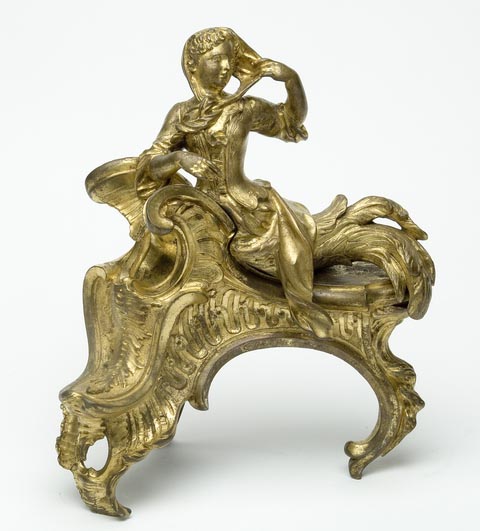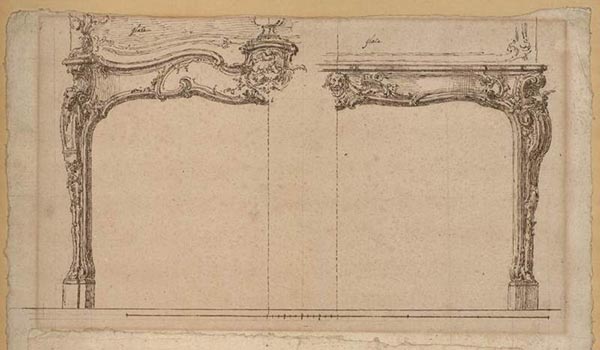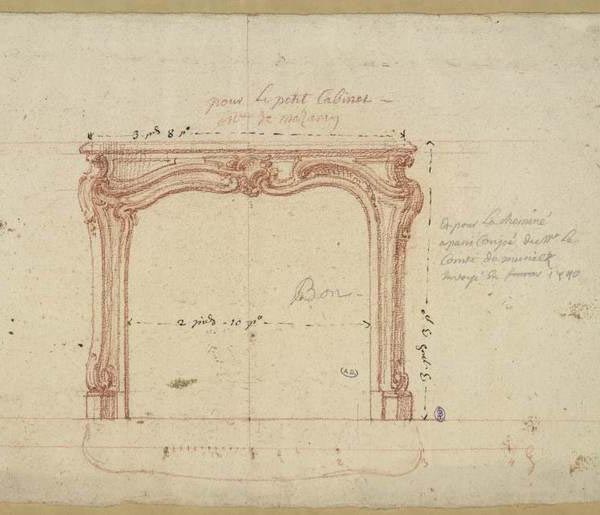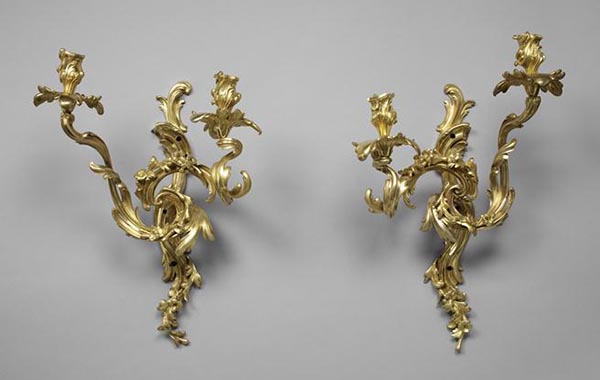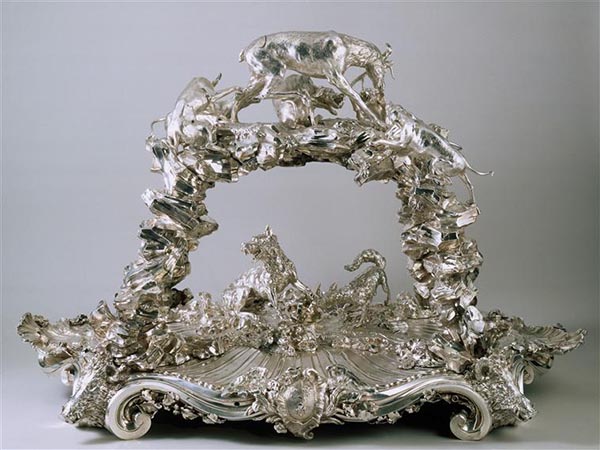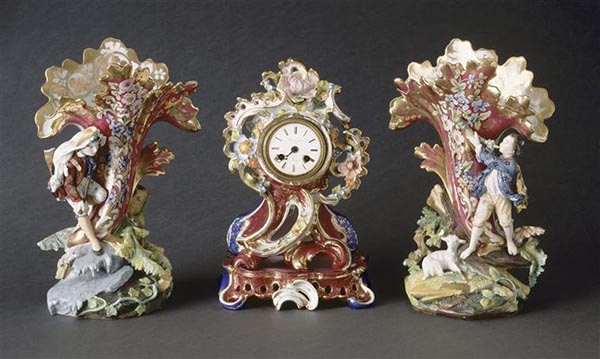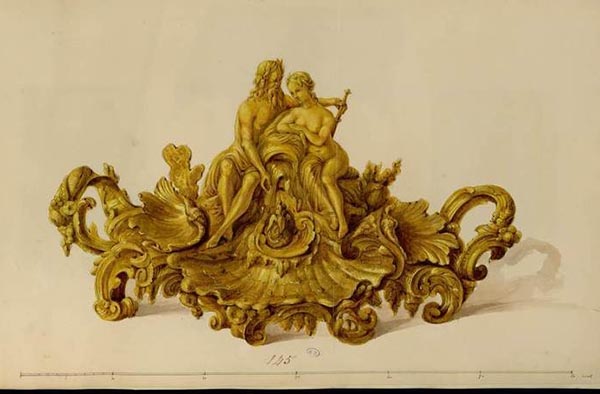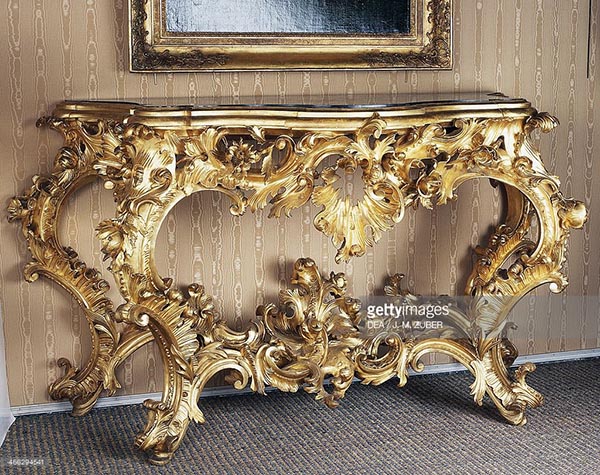Rocaille ornament and Rococo style
Download PDF
Often confused, or used in an equivalent way, the Rococo style, the Louis XV style and the Rocaille ornaments can in fact designate the same objects. However, the Rococo style developed throughout Europe, while the Louis XV style and the Rocaille ornaments concern France only.
In France, we speak of Rocaille ornaments to describe the curved decorations, embellished with shells and vegetables. It was in the 19th century that the term "Rococo" was invented, a contraction of Rocaille and of the Italian Baroco to describe ironically the end of the Baroque style.
Indeed, the "Rococo" style is the name given to the last evolution of the Baroque style, between 1730 and 1758. Baroque to the extreme, the exuberant Rococo concerns in particular the architecture of Italy, and Prussia of Frederick II, where one speaks of Frederician Rococo. The Sanssouci Palace in Potsdam is an eloquent example. France also knows some architectural achievements, such as the Place de Nancy where one can admire the ironworks of Jean Lamour, but to a lesser extent.
This last evolution of the Baroque coincides in France with the end of Louis XIV’s reign and the Regence. Thus, the Regence style and especially the Louis XV style soften the lines, use curves and counter-curves, as well as the "Rocaille" ornament. In short, the Rocaille ornament is part of the Louis XV style and the Regence style vocabulary, and particularly concerns the decorative arts.
The Ornemanists Gille-Marie Oppenord, Juste-Aurèle Meissonnier, Nicolas Pineau use Rocaille motifs in their decorations, favoring asymmetry and fantasy. These motifs invade the decoration of objects such as vases, andirons, porcelain services, as well as the decoration of paneled room, overmantel and fireplaces.
Around 1760, the "Rococo" finally bores the public, and we see the Neo-Classical style emerge, a return to ordered forms inspired by Antiquity. The lightness and enchantment that characterized the Regence and the reign of Louis XV still makes the 19th century dream, so that all along one continues to manufacture objects of Rococo or neo-Rococo style.




